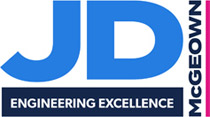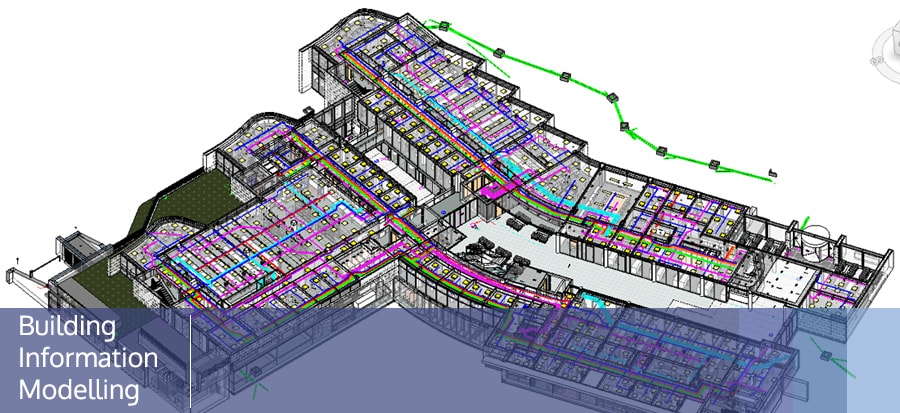Building Information Modelling
The UK Building Information Modelling Task Group defines Building Information Modelling as “value-creating collaboration through the entire life-cycle of an asset, underpinned by the creation, collation and exchange of shared 3D models and intelligent, structured data attached to them”. Essentially, BIM places information management and data exchange at the heart of the design process.
Building Information Modelling is not a single piece of software or model, but a new form of information processing and collaboration, with data embedded within the model. Each discipline or organisation creates its own model, and these are subsequently amalgamated to provide a combined view of the entire project. Data is added directly to the model, dictating materials, functions, size and associated information. As documentation remains part of the information set, data can be linked to the elements of the model that it pertains to.
Previously, the design process in the construction industry relied on the systematic multi-stage issuing of drawings and specifications to contractors, from concept design to final construction and beyond. With BIM, it is about bringing together the data and different components to form a coherent set of information.
Building Information Modelling is about the creation of a 3D model that allows communication on project decisions by all the key stakeholders. From project inception to completion it provides a clear understanding in design with visualisations and simulations.
BIM compliance is to be introduced in March 2016 for all government projects and in recognition of this mandatory requirement JD Mc Geown now operates at an early BIM Level 2 compliance stage. An output of Level 2 BIM is the accurate record of all project information to support the built asset in operation.




